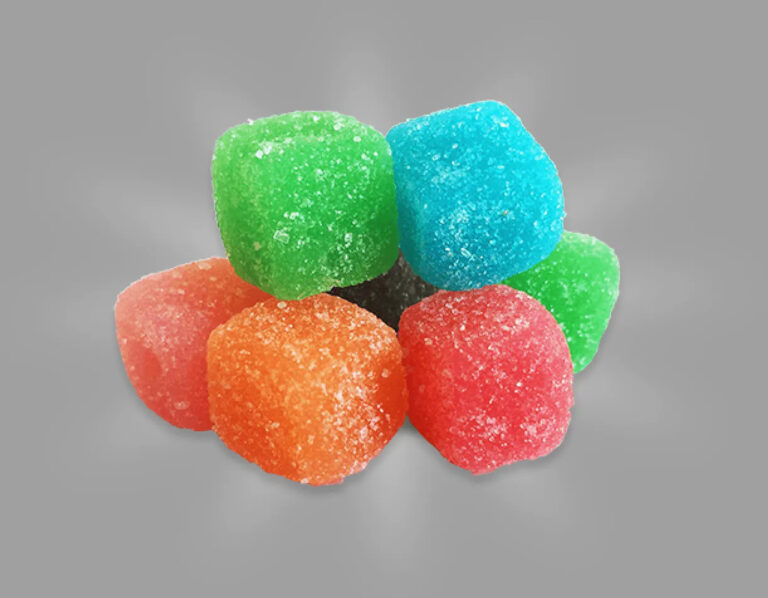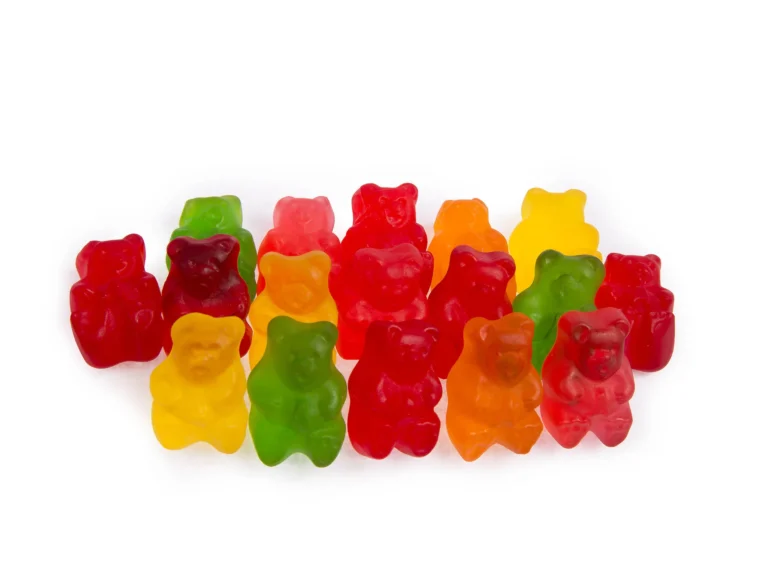Common kinds of Linear Slides
With the various kinds of bearings, recirculating or non-recirculating constructions, bearing contacts, race profiles, drive units, and preciseness controls, there is a myriad of doable mixtures that may serve a selected application. However, some mixtures stand out which might flow from simplicity, bearing capability, rigidity, and flexibility. Enumerated below are a number of the widely used linear rail offered.

Linear slide-type one dovetail slides: These are linear slides that use plain surface bearings that accept a coffee constant of friction and lubrication. They’re referred to as intrinsically thanks to the dovetail-shaped protrusion that matches into a uniform negative pure mathematics.
The protrusion is typically on the stationary rail or base its negative is made into the carriage. This configuration is remarked as a dovetail table. Dovetail slides are sturdy and may stand up to each radial and lateral hundreds. These are used for big machine tools like lathes, shapers, and edge machines.
Next is boxway slides: just like the dovetail slides, boxway slides are plain surface bearings. However, rather than a dovetail-shaped protrusion, these have an sq. tomcat with flanges at the highest forming a T form. They will handle heavier hundreds than dovetail slides thanks to the larger projected extent in reality between the carriage and the rail.
Another one is sleeve-bearing slides: rather than a coupling tongue and groove pure mathematics, this kind uses cylindrical surfaces. These surfaces square measure referred to as bushings and journals. The bushing is sort of a hollow cylinder made into the carriage.
Whereas the journal may be a long shaft that acts because the guide rail is mounted on the bottom. Blessings of mistreatment sleeve bearing slides are its construction. And its ability to handle hundreds applied in any direction. However, they’re not as robust as dovetail and boxway slides and may solely be used for lightweight to medium load applications.














